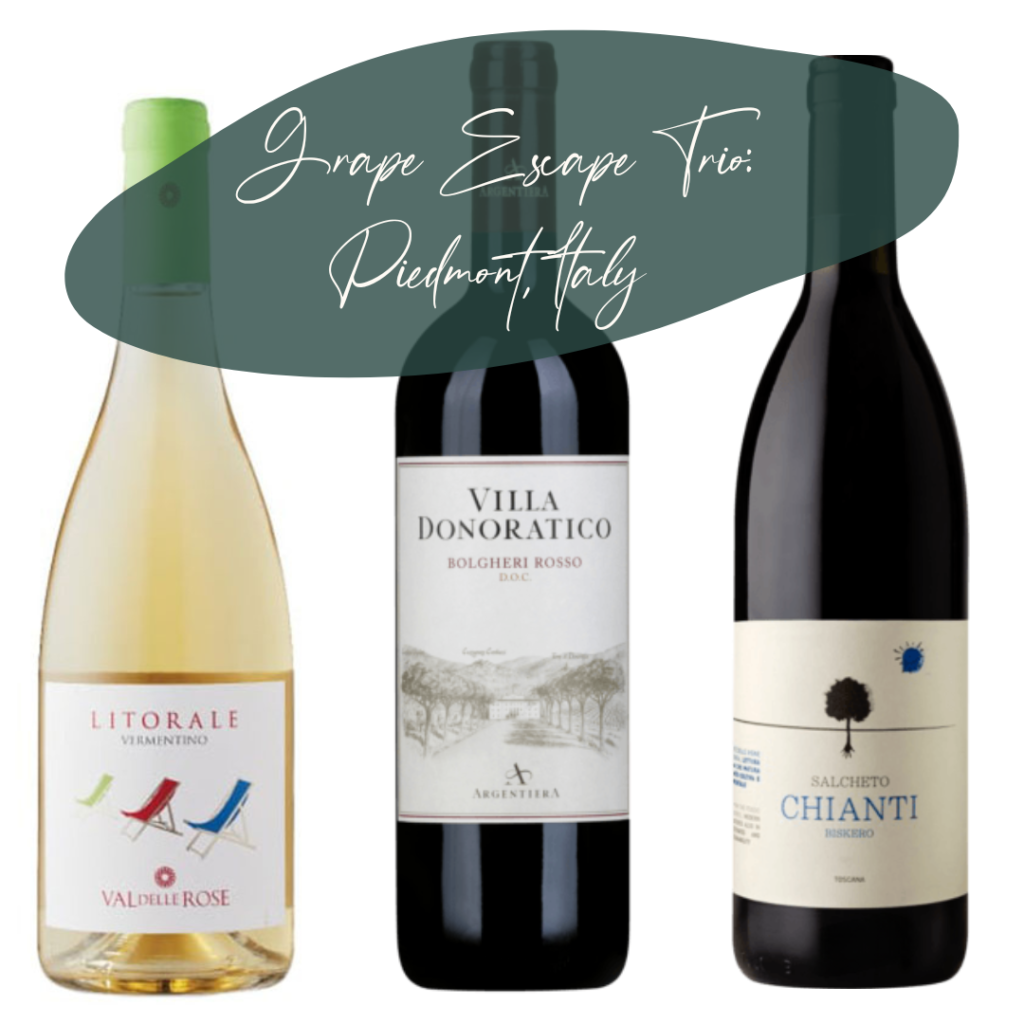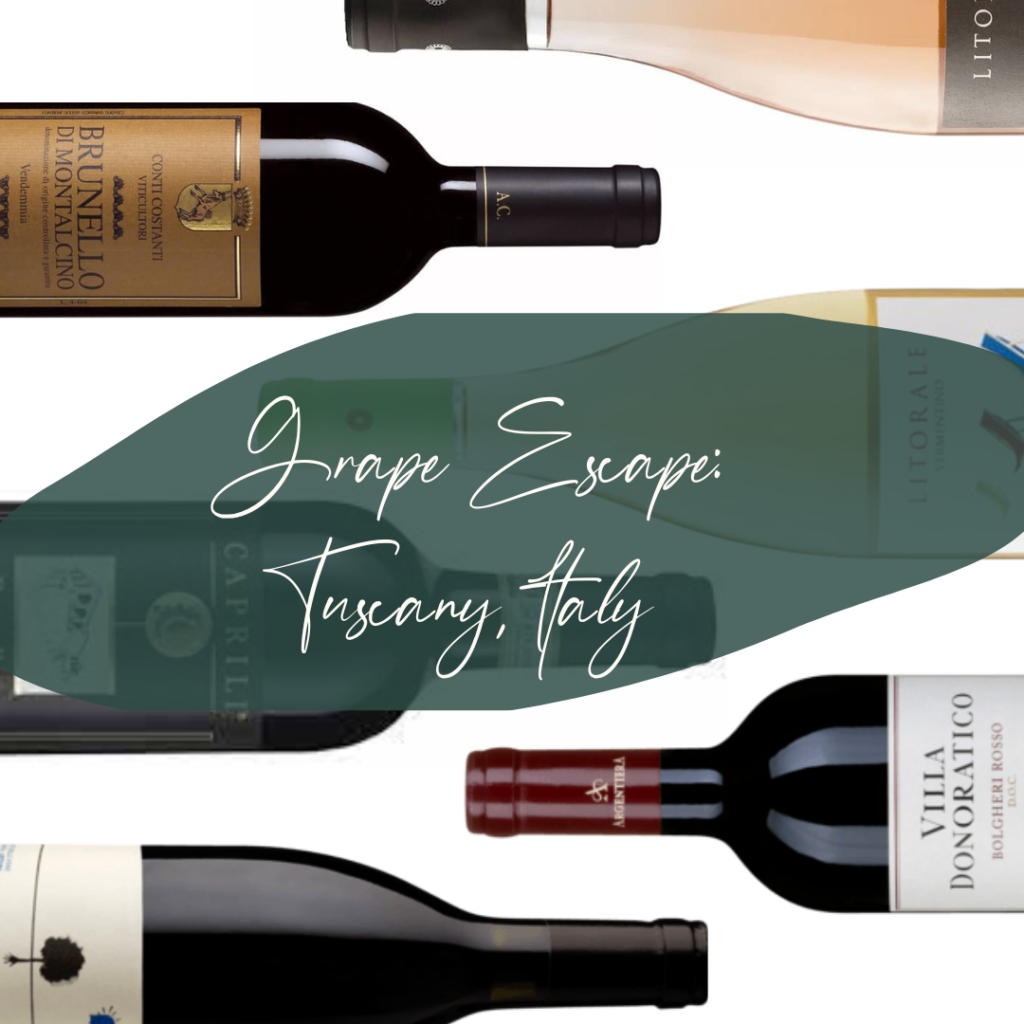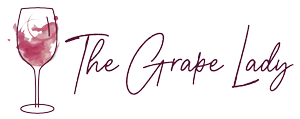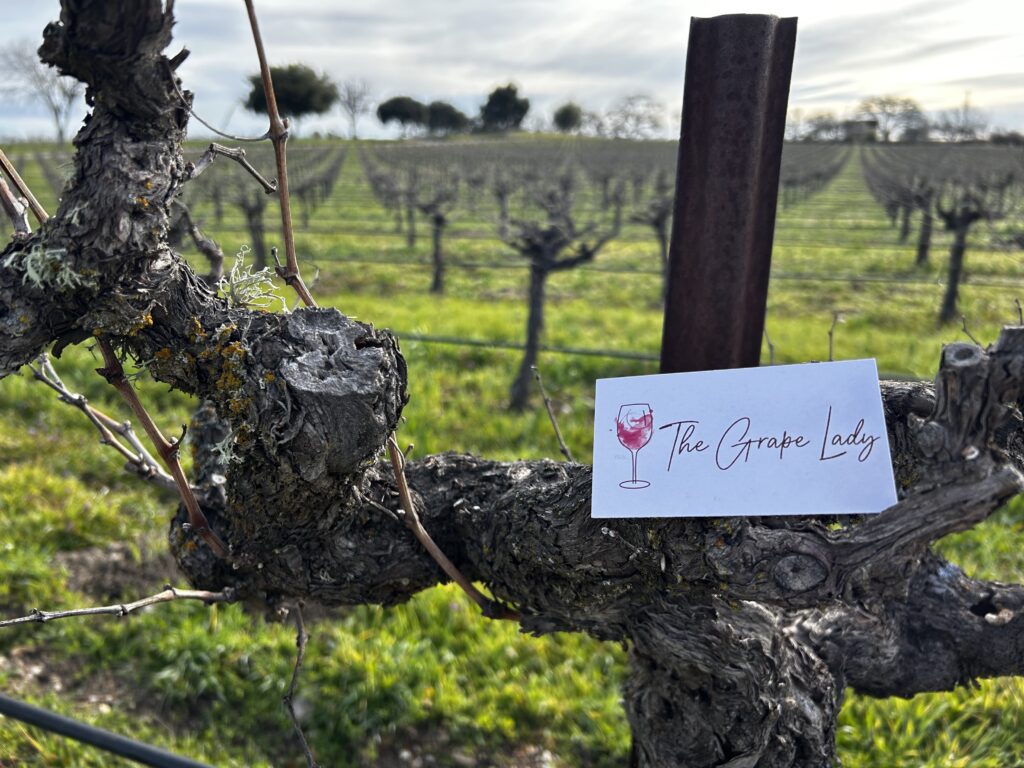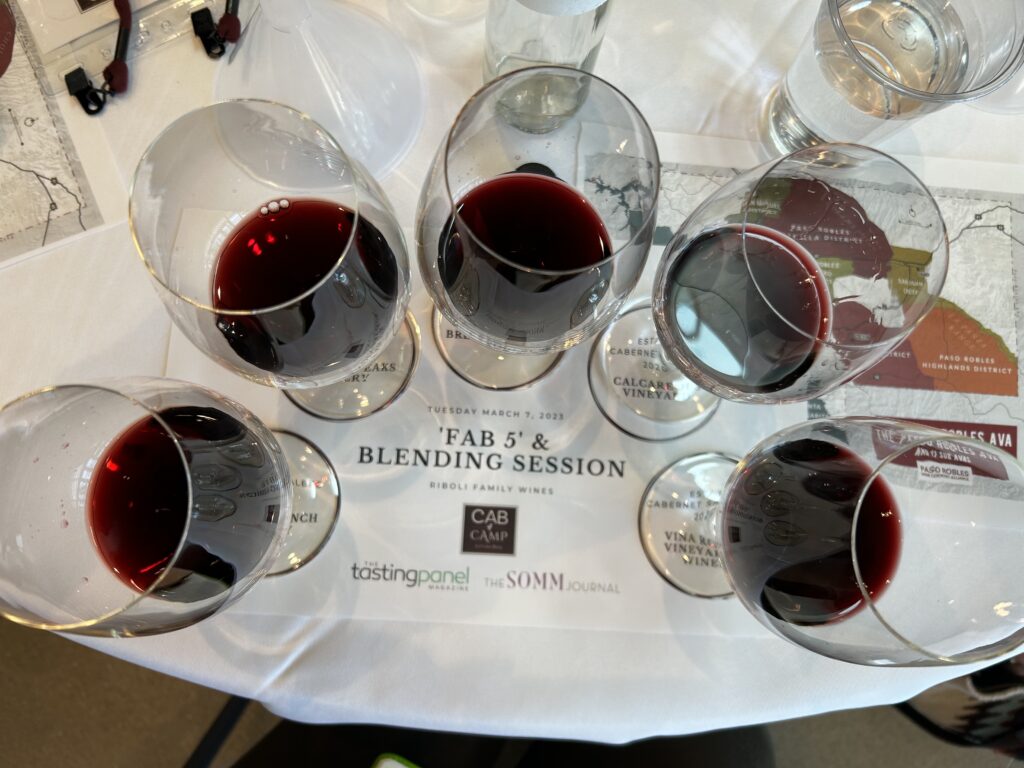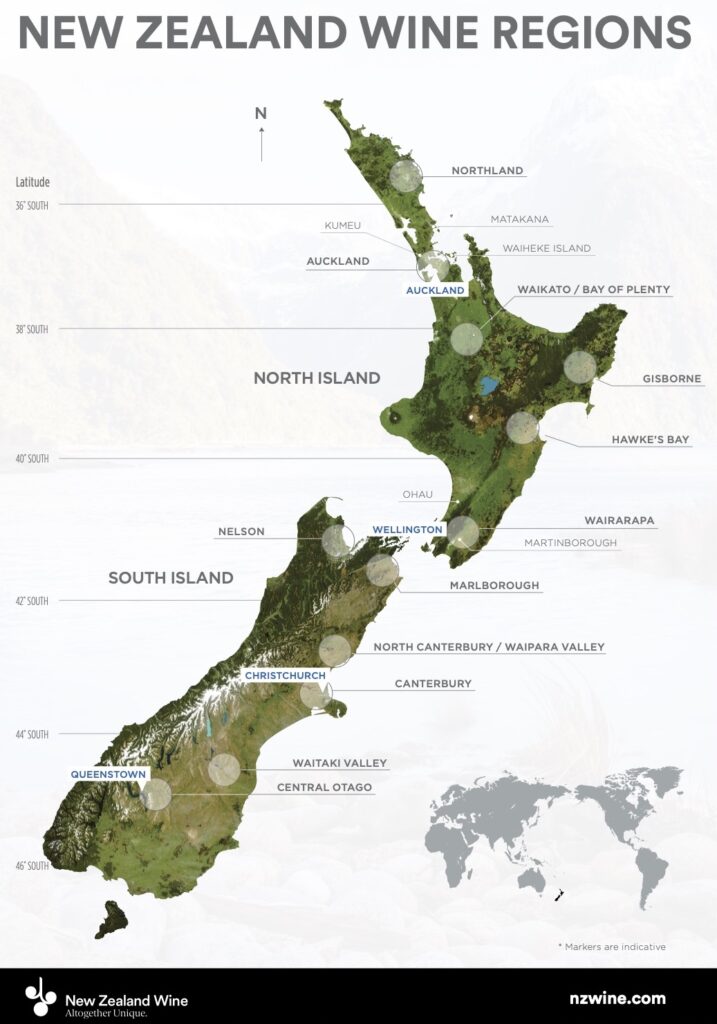Grape Escape: Tuscany, Italy
Want to go to Tuscany this year? Me too!
While jetting off to Tuscany might not be in the cards for me this time around, who says we can’t soak in the Tuscan vibes through our wine glasses? And if I snag a sweet deal, you bet I’ll spill the beans. I love a travel deal!
My Visit

I had the fantastic opportunity to spend a month in Italy, courtesy of the Culinary Institute of America’s Food, Wine, and Agriculture trip while working on my bachelor’s degree. Now, don’t let the academic ring fool you – it was essentially a month-long road trip with me and a bunch of college buddies, devouring everything edible and sippable along the way. From Piedmont to Naples, we quickly learned that an espresso corretto was the secret weapon for any case of the grumps. This old fashioned Italian drink features a shot of liquor added to an espresso shot, sadly unavailable at your local Starbucks.
Trailer Living? Sure
Tuscany, with its dreamy hills draped in vines, olive groves, and those iconic cypress-lined roads, is the Italy we all daydream about. I distinctly remember spotting an Airstream trailer and thinking, ‘Sure, I could live there for that view.’ By “that view,” I mean waking up to sprawling landscapes with top-notch wines practically knocking on your door. For the record I do not consider myself to be low maintenance and do not ‘do’ camping as an adult. This really was a spectacular view.
Fast Facts:
- Tuscany flaunts a whopping 58 appellations, translating to 58 officially regulated wine styles – give or take a few.
- Those rustic straw-wrapped Chianti bottles, often holding budget-friendly delights, are affectionately called fiascos – a nod to the region’s quirky glass-making history.
- 61% of Tuscany’s vines are Sangiovese.
- Sangiovese, with its aromatic dance of sour cherry, tomato leaf, leather, and other surprises, is the heartbeat of Tuscan wines.
- The rebel Super Tuscans emerged due to the constraints of DOC & DOCG laws, sparking a revolution in Tuscan wine culture.

Sangiovese
Sangiovese is the principal red grape in the following DOCGs: Chianti, Chianti Classico, Carmignano, Vino Nobile di Montepulciano, Morellino di Scansano, and Montecucco Sangiovese. It is the sole red grape allowed for Brunello di Montalcino DOCG. It’s 61% of all the vines planted in the region. So ya… it’s a big dang deal.
Learning about Tuscan wines can be simplified to learning about Sangiovese. 81% of the wines coming out of Tuscany are red- and they almost all have some Sangiovese in them. When you smell the wine you are looking for notes of sour cherry, tomato, balsamic, leather and oregano.
Why are there so many similar wines?
If you start geeking out about Tuscan reds you will find that many of them are made almost identically. Like 5-10% differences in how much Sangiovese and a twenty miles difference in where it is grown make it a completely ‘different’ wine. This is one of the most frustrating things about Italian wines in general. Tuscany was governed by viscounts and different ruling families for centuries. These noble families didn’t get along well enough to share the winemaking strategies- they were to busy stealing each other’s livestock and waging war. By the 1880s when the region was being united politicians were more concerned about smoothing over rivaleries that had existed for centuries- everyone got to keep their wine names and regulations.
White Wines?
You may want to critique me for including a white wine and a rose in the Grape Escape from a region that mainly focuses on red wines. You can- but I’m right.
Tuscany is a coastal region and a wonderful sunny one at that. The mental image Americans tend to have of Tuscany is shaped by films and TV which generally focus on the steep, cypress lined roads leading to glorious villas not stone buildings perched on the rocky coastline in fishing villages. Trebbiano may be the most planted grape in Italy overall and Tuscany specifically but it generally goes into bulk wine and liquor production. It may be used as a blending grape in quality wine but Vermentino is considered the quality white grape of the region.
Try a Grape Escape
Whether you’re a wine aficionado or just keen on soaking in Italy’s culture and history, this Grape Escape is your ticket to the heart of Tuscany. Join me in savoring the unique stories and flavors that make each bottle a piece of this captivating region. Here’s to virtually exploring Italy and Tuscany through the mesmerizing lens of wine!
